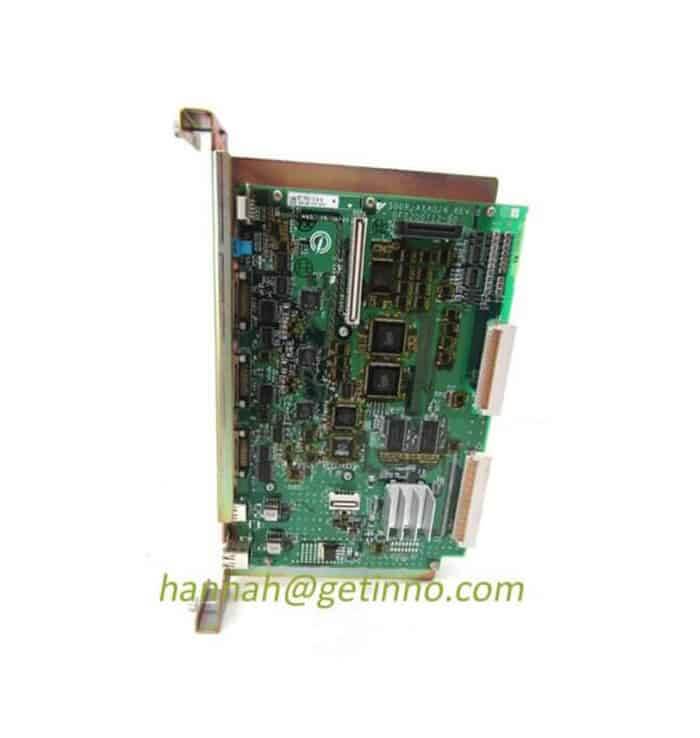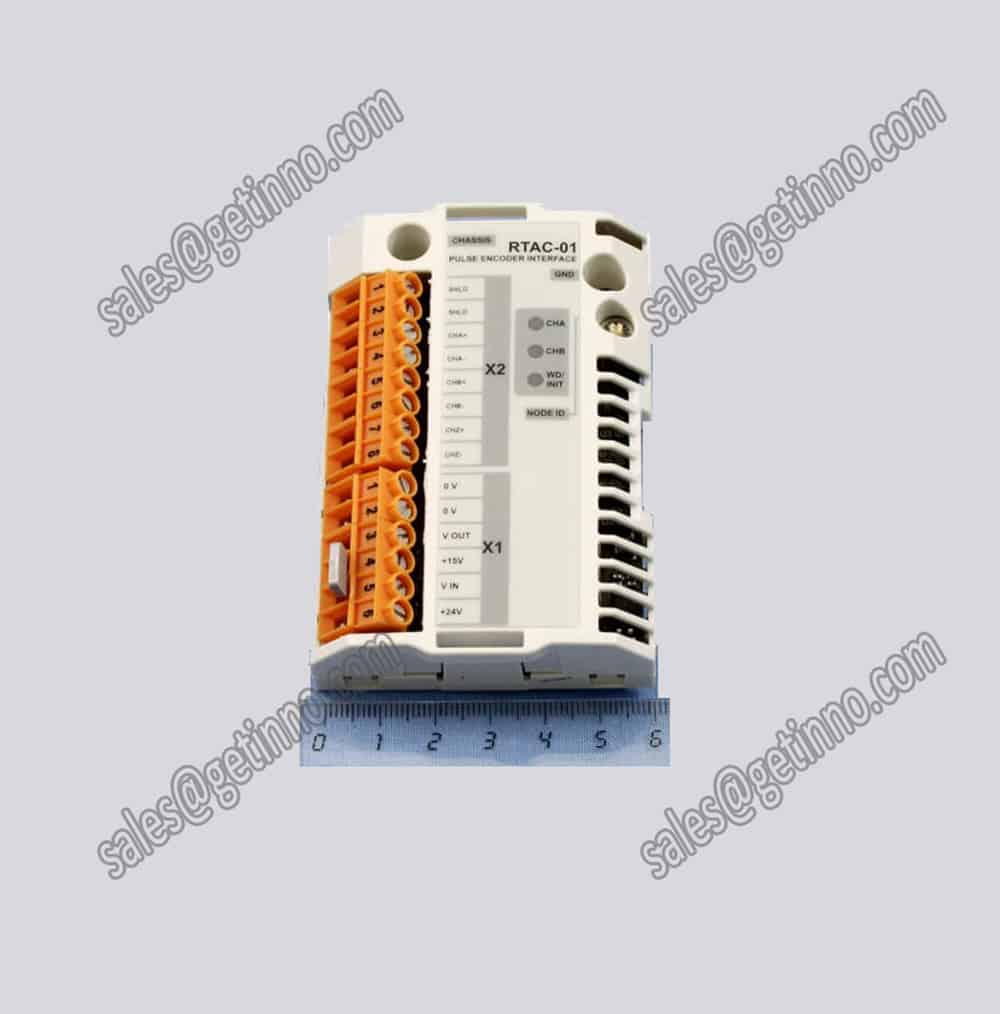Seven tech predictions for 2019: Foldable phones will be more regulated than 5G phones
While still a year away from the big decade mark, 2019 looks to be one of the most exciting and important years for the tech industry for some time to come. With some key new tech announcements coming, including 5G and foldable displays, as well as major advances in device-based artificial intelligence, personal robotics, and other exciting areas, it’s hard to contain the excitement for the new year, after all. It’s been a while since I felt this excitement.
In addition, 2018 ended a very difficult year for several large tech companies, so there are also many who want to move away from the past year and dive headfirst into an exciting future. In that spirit, here are some of our thoughts on the biggest trends and most important developments in 2019.
Prediction 1: Foldable phones will outsell 5G phones
At this point, everyone knows that 2019 will see the “official” debut of two very exciting technological developments in the mobile world: foldable displays and smartphones with 5G modems. Several vendors and carriers have already announced these devices, so now it’s just a question of when and how much.
By now, everyone knows that 2019 will see the “official” debut of two very exciting technological developments in the mobile world: foldable displays and smartphones with 5G modems. Several vendors and carriers have already released these devices, so the question now is when and how many.
Not everyone realizes, however, that the two technologies won’t necessarily go hand in hand this year: we’ll see 5G-capable phones, and we’ll see smartphones with foldable displays. As of now, it’s unclear if we’ll see a device that does both in mid-2019. Of course, we’ll see eventually, but the challenges of bringing these cutting-edge technologies to the mass market suggest that some devices will include one of these. (It’s clear that the vast majority of smartphones sold in 2019 don’t have integrated 5G modems or foldable displays, and the high prices of both technologies will limit their impact this year.)
We predict that in the near term, foldable Display phones will be the winners over 5G phones because the impact of these bendable screens on device usability and form factor is so compelling that we believe consumers will be willing to give up the potential 5G speed increases. Furthermore, given the pricing of 5G data plans, limited initial 5G coverage, and some US carriers’ confusing (and, frankly, misleading) claims about their 5G “version”, I believe that, before these issues become Until there is more clarity, this will limit consumer adoption of 5G. On the other hand, foldable phones, while expensive, offer a very clear value offer that we believe consumers will find more appealing.
Prediction 2: Game streaming services go mainstream
During the year, there will be a lot of focus on new entrants to the video streaming market (Apple, Disney, Time Warner, etc.), the unexpected winners of cloud-based entertainment in 2019, likely from game streaming services, such as Microsoft’s project xCloud (based on the Xbox gaming platform) and other possible entrants.
The idea of game streaming is to enable people to play top games on a variety of old computers, new computers, smartphones and other devices. Given the huge growth in PC and mobile gaming, and the popularity of eSports, the consumer market is ready for a service (or two) that allows gamers to play popular high-quality games on a variety of different devices and platforms .
Of course, game streaming is not a new concept, and there have been several failed attempts in the past. The challenge is how to deliver timely and engaging experiences in a cloud-driven connected world. It’s a very difficult technical task that requires lag-free responsiveness and high-quality visuals, packaged in an easy-to-use service that consumers are willing to pay for.
Thankfully, there are now a number of important technological advancements that make this possible, including improving overall connectivity through WiFi (such as WiFi6) and wide-area cellular networks (and what 5G should improve further). Additionally, GPUs are widely adopted and optimized in cloud-based servers. Most importantly, however, software improvements enable techniques such as split or collaborative rendering (where some of the work is done on the cloud and some on the local device), as well as AI-based predictions of actions that need to be taken or content that needs to be preloaded. Collectively, these and other related technologies appear poised to provide a compelling set of gaming services that could generate significant revenue for companies that can successfully deploy them.
It’s also important to stress that while the strong growth of game streaming services is less hardware-dependent, it could mean a negative impact on gaming-specific PCs, GPUs, and other gaming-centric hardware (as people can use older, less powerful devices to run modern games); in fact, the opposite may be true. Game streaming services could potentially expose a larger audience to the most compelling games, which in turn could incentivize more people to buy PCs, smartphones and other devices optimized for gaming. The gaming service will give them the opportunity to play these games without having access to their main gaming device.
Prediction 3: Multi-cloud becomes the standard for enterprise computing
In the enterprise, the early days of cloud computing were characterized by constant predictions of the winner between public and private clouds, and even specific cloud platforms in these environments. As we enter 2019, it becomes increasingly clear that all of these arguments are false and that, in fact, everyone wins and loses at the same time. After all, who among these early forecasters would have thought that Amazon would launch Amazon Web Services (AWS) in 2018, where companies could run Amazon-branded hardware in their own data centers/private clouds?
It turns out that, like many modern technological developments, there is no one cloud computing solution that works for everyone. Public, private, and hybrid combinations all have their place, and within each group, different platform options have their own place. Yes, Amazon currently leads the overall cloud computing space, but depending on the workload type or other requirements, Microsoft’s Azure, Google’s GCP (Google Cloud Platform) or IBM, Oracle, or SAP cloud offerings all make sense.
The real winner is the cloud computing model, regardless of where or by whom it is hosted. Not only has cloud computing changed expectations for performance, reliability, and security, the DevOps software development environment it inspired, and the container-centric application architecture it enabled, revolutionized how software is written, updated, and deployed. That’s why you’re seeing companies shifting their focus from the public infrastructure-based cloud computing aspect to the flexible software environment it supports. This, in turn, is why companies have recognized that leveraging multiple cloud types and cloud providers is not a weakness or a disconnected strategy, but actually an advantage that can be leveraged for future endeavors. As cloud platform vendors are expected to strive for more interoperability (and transportability) of workloads across disparate platforms in 2019, it’s clear that the multi-cloud world is here to stay.
Prediction 4: Device-based AI will begin to shift the conversation about data privacy
One of the least understood aspects of using technology-based devices, mobile apps, and other cloud-based services is how much of our private personal data is being shared in the process, often without us even knowing it. Over the past year, however, we’ve all begun to painfully realize how big (and far-reaching) the data privacy problem is. As a result, the data processing practices employed by tech companies have received much attention.
At the same time, expectations are growing for technology’s ability to personalize these apps and services to meet our specific interests, locations, and contexts. People want and expect technology to be “smarter” for them because the process of using these devices and services will be faster, more efficient and more compelling.
The dilemma, of course, is that enabling this customization requires use and access to certain levels of personal data, usage patterns, etc. So far, this usually means that most of the actions you take or the information you share is uploading to some type of cloud-based service, compiling and comparing with data from other people, and then being used to generate some type of response, and it is sent to you. In theory, this could give you the customized and personalized experience you need, but at the cost of sharing data with many different companies.
Starting in 2019, with AI-based software and hardware capabilities available on our personal devices, more data analysis work can be started directly on the device without having to share all the data analysis work externally. Specifically, the idea of on-device AI inference (and even some basic on-device training) is now becoming a reality thanks to the work of Qualcomm, Arm, Intel, Apple, and other semiconductor-related companies.
This means that if apps and cloud service providers enable it (which is a big deal), you can start getting the same level of customization and personalization you’re used to, but without sharing data with the cloud. Of course, it’s impossible for everyone on the network to start doing this right away, so some of your data will still inevitably be shared. But if some of the biggest software and cloud service providers (think Facebook, Google, Twitter, Yelp, etc.) start delivering on this, it could start to meaningfully address the data privacy concerns raised over the past year.
To its credit, Apple started talking about the concept a few years ago (remember differential privacy?) In the coming year, we expect more hardware and component makers to elevate the technology to a With new heights, they’ll discuss not just on-device data security features, but how onboard AI can enhance privacy. Let’s expect more software and cloud service providers to implement it as well.
Prediction 5: U.S. tech industry regulation becomes a reality
Whether or not the big social media companies and tech companies support these on-board AI capabilities, it is clear to us that, in the American social consciousness, the tech companies that manage all this personal data need to be regulated. While we have to admit that the slow-moving government regulatory process doesn’t match the fast-moving tech industry, that’s still no excuse for inaction. Therefore, in 2019, we believe the first government regulations for the tech industry will be implemented, especially around data privacy and disclosure rules.
It’s clear from the backlash that companies like Facebook have received feedback from many consumers that they are very concerned about collecting data not just about their online activity, but their location, and their Many other very specific (and very personal) aspects of life. While companies claim that we voluntarily gave away most of all this information (thanks to the confusing wording and never-read license agreements), common sense tells us that the vast majority of people don’t understand or understand how data is analyzed and used. Lawmakers from both parties recognize these issues, and despite a highly polarized political environment, they are likely to easily agree on some kind of limit on the type of data collected, how it is analyzed, and ultimately how it is used.
It remains to be seen whether the US is built on GDPR regulations in Europe, or the privacy laws enacted in California last year, or something entirely different, but now that the value and potential impact of personal data is clear, there is no doubt we will see The law controls valuable commodities.
Prediction 6: Personal Robots will become an important new category
The idea of ”social” robots – with which people can interact relatively naturally – has been in science fiction for decades. From Lost in Space to Star Wars to Robots and beyond, interactive Robotic machines have become the stuff of our creative imagination. However, in 2019, we believe we will start to see the arrival of more actual personal robotic devices from many major technology vendors.
For example, Amazon is rumored to be developing a personal assistant-based robot that leverages its Alexa voice-enabled digital assistant technology. The exact form and function the device may take is unclear, but certain types of mobile devices (eg, capable of moving, not small and light!) visual smart displays also provide mechanical functions (lifting, carrying, cleaning, etc.), and there may be significance.
While recent attempts by companies to bring personal robotics to the mainstream have failed, we believe this year will see a plethora of technologies and concepts coming together to make them more viable. First, from a purely mechanical point of view, the actual capabilities now demonstrated by companies such as Boston Dynamics demonstrate the extent to which mobility, motion, and environmental awareness have improved in the robotics world. In addition, more and more conversational and empathetic AI capabilities are now being brought to voice-based digital assistants such as Alexa and Google Assistant, suggesting that our interactions with machines are becoming more and more natural. Finally, the appeal of products such as Sony’s upgraded Aibo robot dog also underscores the willingness to start showing new ways of interacting with machines.
In addition, robotics-centric hardware and software development platforms such as NVIDIA’s latest Jetson AGX Xavier module and Isaac software development kit, key advancements in computer vision, and a growing ecosystem around open source ROS (Robot Operating System), all Highlighting the increasing amount of work being done in 2019 to enable commercial and consumer applications of robotics.
Prediction 7: Cloud-based services will make OS irrelevant
The death of operating systems and unique platforms has been wrongly predicted for years, but this time it’s really (probably!) going to happen. All jokes aside, as we enter 2019, it’s becoming increasingly clear that cloud-based services are making the value of proprietary platforms less relevant to our day-to-day use. Of course, the initial interface of the device and the way you access applications and data depends on the unique variations of each technology vendor’s platform, but the real work (or actual work) we do on the device is becoming more and more disconnected from the The artificial world of the operating system user interface.
Whether it’s commercial or consumer, it’s now easier to access what we want to do, regardless of the underlying platform. On the business side, the growing power of desktop and application virtualization tools like Citrix and VMWare, as well as Microsoft’s move to deliver Windows desktops from the cloud, is a testament to how easy it can be to run business-critical applications on virtually any device. Additionally, the growth of private (on-premises), hybrid, and public cloud environments has driven the creation of platform-independent applications that rely solely on browsers to run. With Microsoft’s decision to leverage the open-source Chromium browser rendering engine in its next version of the Edge browser, it’s clear that we’re rapidly entering a world where the cloud is finally truly the platform.
On the consumer side, the rapid growth of platform-independent streaming services has also contributed to the disappearance (or at least the rise) of proprietary operating systems. From Netflix to Spotify to the game streaming services mentioned in Prediction 2, successful cloud-based services are building most of their functionality and intelligence into the cloud and relying less and less on OS-specific apps . In fact, it will be very interesting to see how Apple makes its new video streaming service. If they’re too focused on users of Apple OS-based devices, they risk having a very small impact (even with their large and wealthy installed base), especially given the strength of the competition.
Cross-border work and consumer products like Office 365 are also moving away from any meaningful ties to specific operating systems, focusing instead on delivering a consistent experience across different operating systems, screen sizes and device types.
The abstraction goes well beyond the operating system level. The new software being developed leverages a variety of different AI-specific accelerators (AI cores in their case) from vendors such as Qualcomm, Intel, and Arm, and is being written at a high enough level to allow them to operate at a high enough level in heterogeneous computing. work in the environment. While this may have a modest impact on the full performance potential, the flexibility and broad support that this approach brings is well worth it. In fact, in general, the more heterogeneous the computing environment, the less important the operating system and proprietary platform. In 2019, it will be a very heterogeneous computing world, so we believe the time has finally come to make such predictions.
The Links: 3BSE023675R1 3BSE066495R1
Pre: Yu Haibin: Industrial software is the... Next: The United States officially launched...




